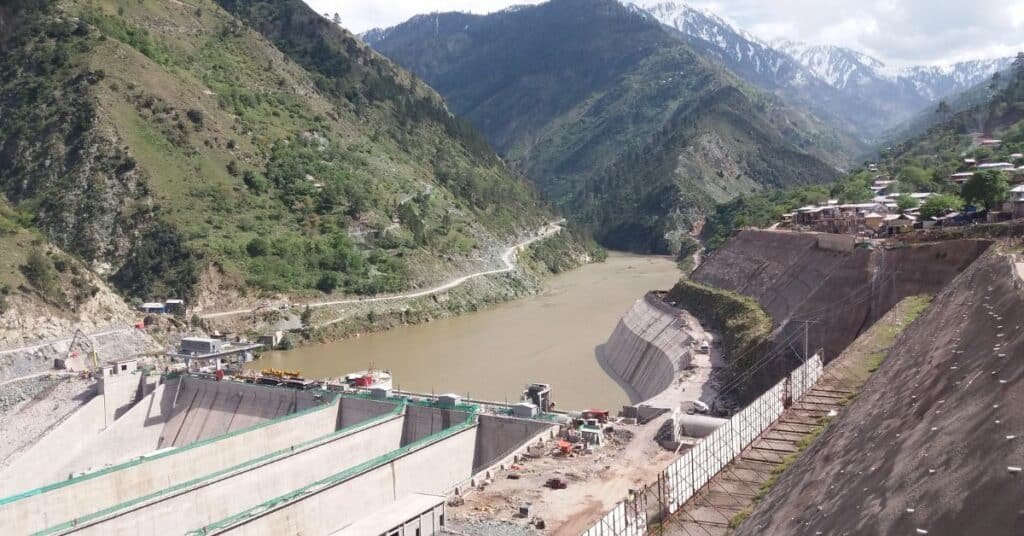MUZAFFARABAD (Kashmir English): The Neelum Jhelum Hydropower Project, which was completed at Rs550 billion, failed to last for five years as it has been closed since May last year due to a fault in the Headrace Tunnel (HRT), causing the suspension of electricity generation.
The project management has demanded Rs21 to Rs23 billion for repairs, sources told Kashmir Digital.
Last year, WAPDA officials inspected the project, which generates 969 MW of electricity, and found that the hydropower project was constructed in a weak geological and seismic-prone area, which caused a decrease in headrace tunnel pressure.
Before its suspension, the Project had provided more than 20 billion units of clean and green electricity to the National Grid since 2018. The project also touched a generation level of 1040 MW.
Kashmir Digital investigation revealed that contractors, WAPDA officers, and others earned millions from the Neelum-Jhelum Project. The substandard material and shoddy work were done during the construction of the tunnel.
The federal government has been allocating billions of rupees annually for the rehabilitation of the tunnel. As per details, an additional cost of Rs5 billion was incurred for draining the tunnel and removing debris.
According to sources in the Ministry of Water Resources, another Rs23 billion is required for repairs, while modern machinery is also required to identify the fault.
A Chinese company is likely to be awarded the contract for the restoration of the project, but this will require the approval of the federal government.
Furthermore, Kashmir Digital learned that the restoration of the headrace tunnel will take at least another year, while the restoration of the hydropower project remains questionable.
Neelum Jhelum used to generate more than 4.5 billion units of electricity annually, but its closure is causing a loss of more than 55 billion rupees to the national treasury annually.




